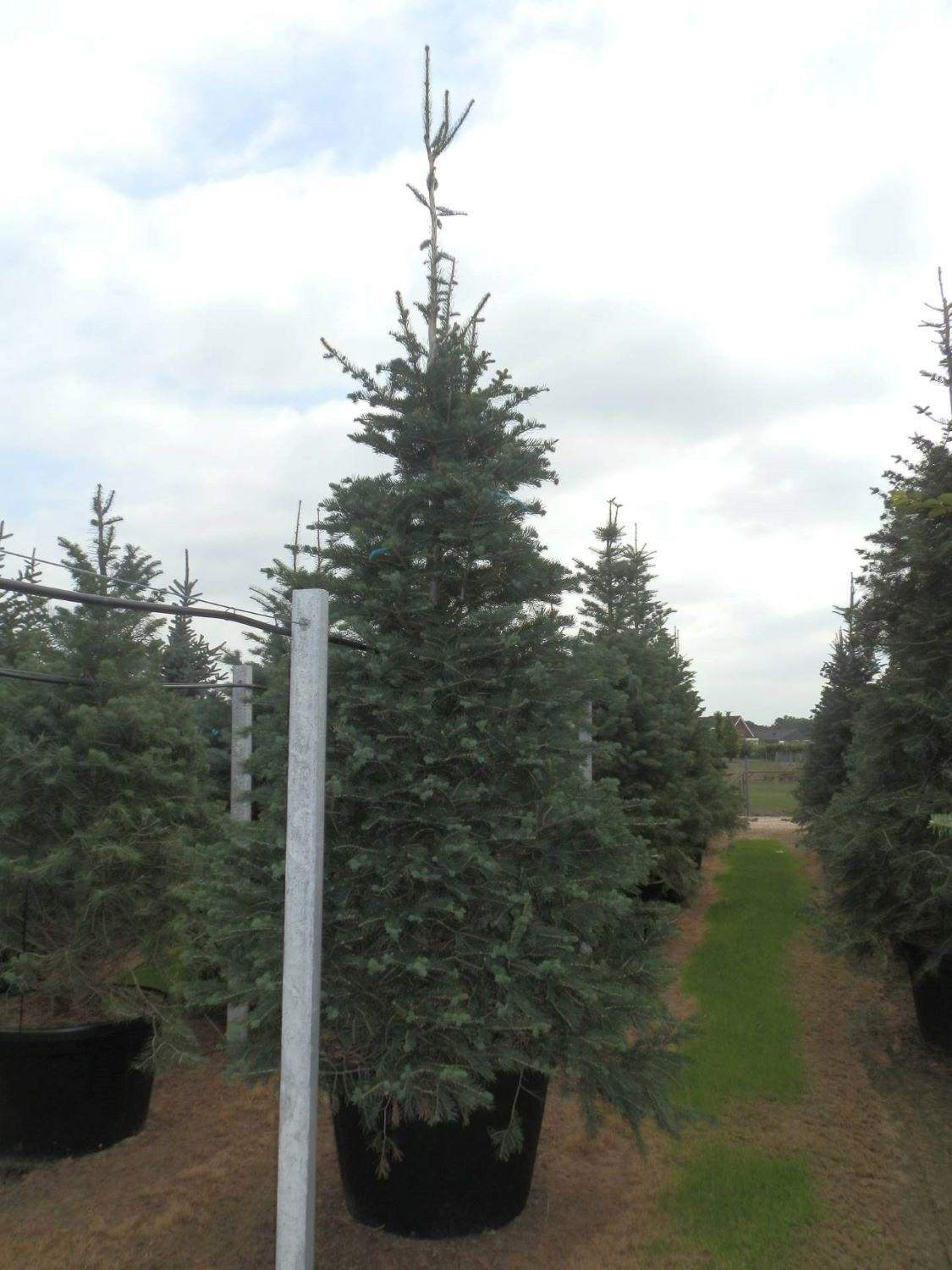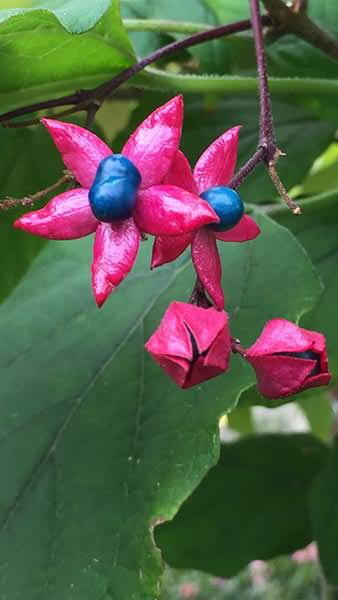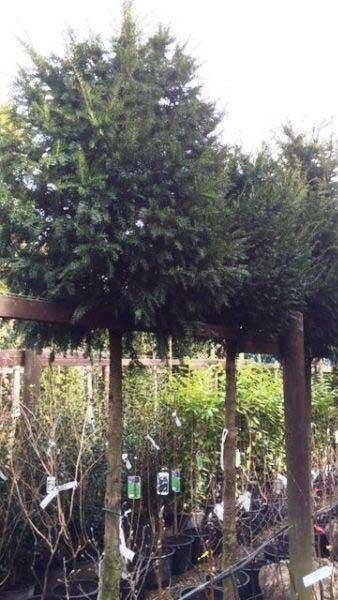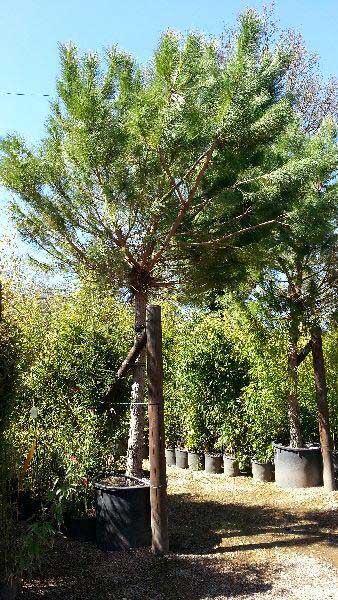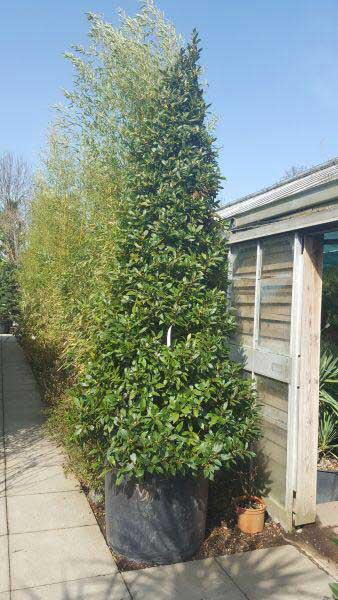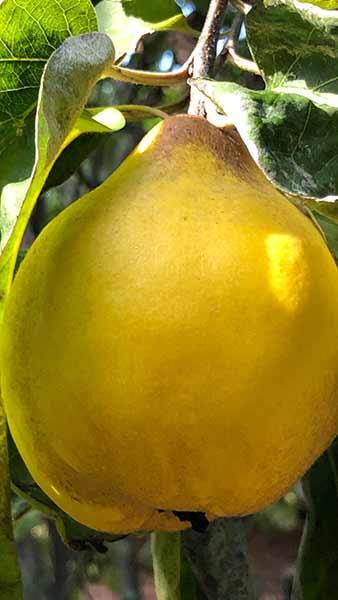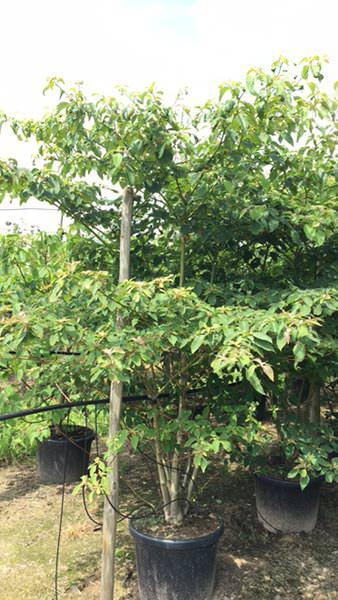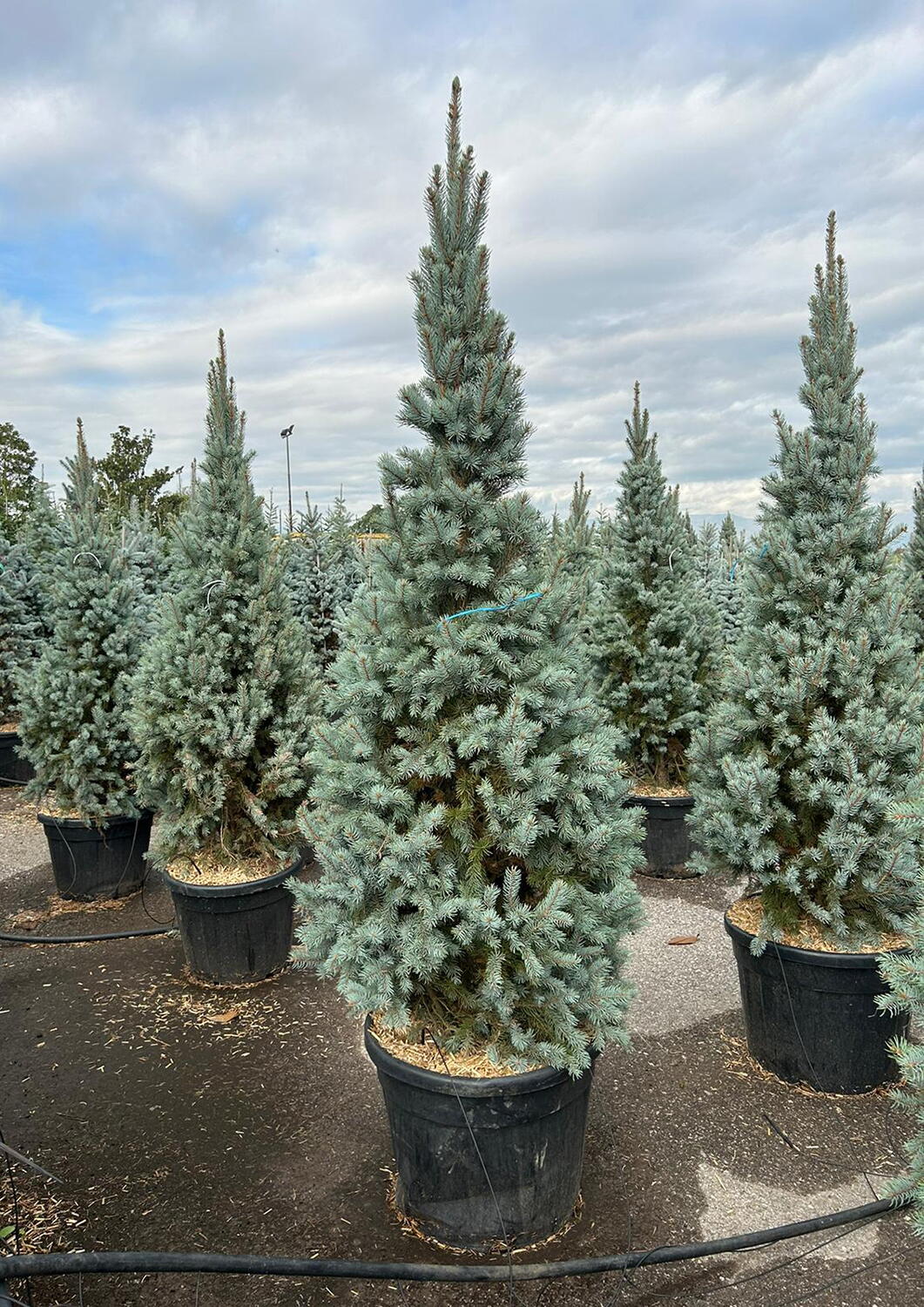Cornus Controversa Pagoda. Green Leaved Wedding Cake Tree
Cornus controversa Pagoda is a giant dogwood tree that will add a great architectural quality to your landscape. With its spring blossoms and its year-round graceful form, it can play an important part in your garden plans. Pagoda is a green-leaved version of the better-known variegated forms of wedding cake tree (Cornus Controversa Variegata).Native to the Himalayas, China and Japan, cultivars of Cornus controversa have been grown in Britain since the 1880’s. Known as the Wedding Cake Tree because of the graceful, tiered shape of its branches, it is covered in flat white heads of flowers in May or June. Round blue or black fruits follow in the summer. The pointed, glossy, dark green leaves turn to a deep red or purple in the autumn. After they fall, the architectural shape of the bare branches will continue to add beauty to your garden throughout the winter.Hardy throughout most of the UK, Cornus controversa ‘Pagoda’ will take 20 to 50 years of slow, steady growth to reach its mature height and spread of 15 metres. It needs little or no pruning to retain its natural tiered appearance, making it a low-maintenance tree with a high visual impact!Place Cornus controversa Pagoda in any spot, sheltered or exposed, in full sun or part shade. It will grow best in loam, sand or clay that is moist or well-drained, with acid or neutral ph. It is not susceptible to insects or disease, making it a reliable choice for your garden. Pagoda is a large flowering dogwood tree at maturity, so care should be taken in selecting a spot in which it will be able to grow unimpeded to its full size. It should be situated somewhere that its architectural qualities and white spring blossoms can be best appreciated. It makes an excellent specimen planting for a lawn, and would make an impressive background tree in a large cottage garden. This is a tree that you can admire from a distance because of its height and distinctive shape. Cornus controversa Pagoda is a tree that will give long years of year-round beauty to your garden in return for little maintenance. Its graceful tiered shape, lovely spring blossoms and glossy green leaves all contribute to its desirability as a landscape planting.

